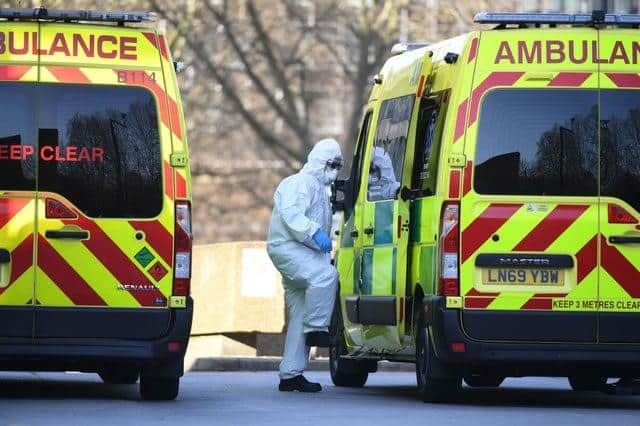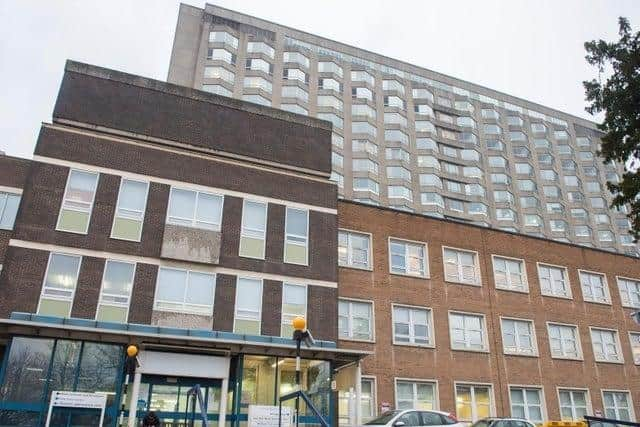Latest figures show Sheffield coronavirus infection rate is rising again – this could be why
and live on Freeview channel 276
According to the latest Office of National Statistics figures, the infection – or ‘incident – rate in Sheffield stands at 14.2 new cases per 100,000 people in the city for the week up to August 29.
This equates to 83 confirmed new cases in those seven days.
The most recent data available for before then is for the week ending August 28, where the infection rate was 10.8, reflecting 63 new cases in seven days.


Advertisement
Hide AdAdvertisement
Hide AdAnd before that, in the week ending August 27, the rate stood at 9.2, indicating 54 new confirmed cases in the seven days up to then.
When The Star interviewed Ruth Granger, Health Protection Manager at Sheffield City Council, she explained: “In Sheffield at the moment one week the incident rate goes up and the next week it goes down. It is generally hovering between 13 and 17 cases per 100,000.
“The reason it gets higher could be a lot of things.
"It could be that people are going for more tests that week. The difference between the number of new cases each week is actually very small.


"For example, the difference between an incident rate of 15 and 17 per 100,000 is only a very small number of people.”
Advertisement
Hide AdAdvertisement
Hide AdBecause these figures are rolling, and each daily update is for the latest seven days, the difference from one day to the next cannot be used to calculate the number of new cases confirmed on the most recent day.
This is because the first day in the range of seven also changes each time.
The figures, for the seven days to August 29, are based on tests carried out in laboratories (pillar one of the Government’s testing programme) and in the wider community (pillar two).
The rate is expressed as the number of new cases per 100,000 people.
Data for the most recent three days (August 30-September 1) has been excluded as it is incomplete and likely to be revised.